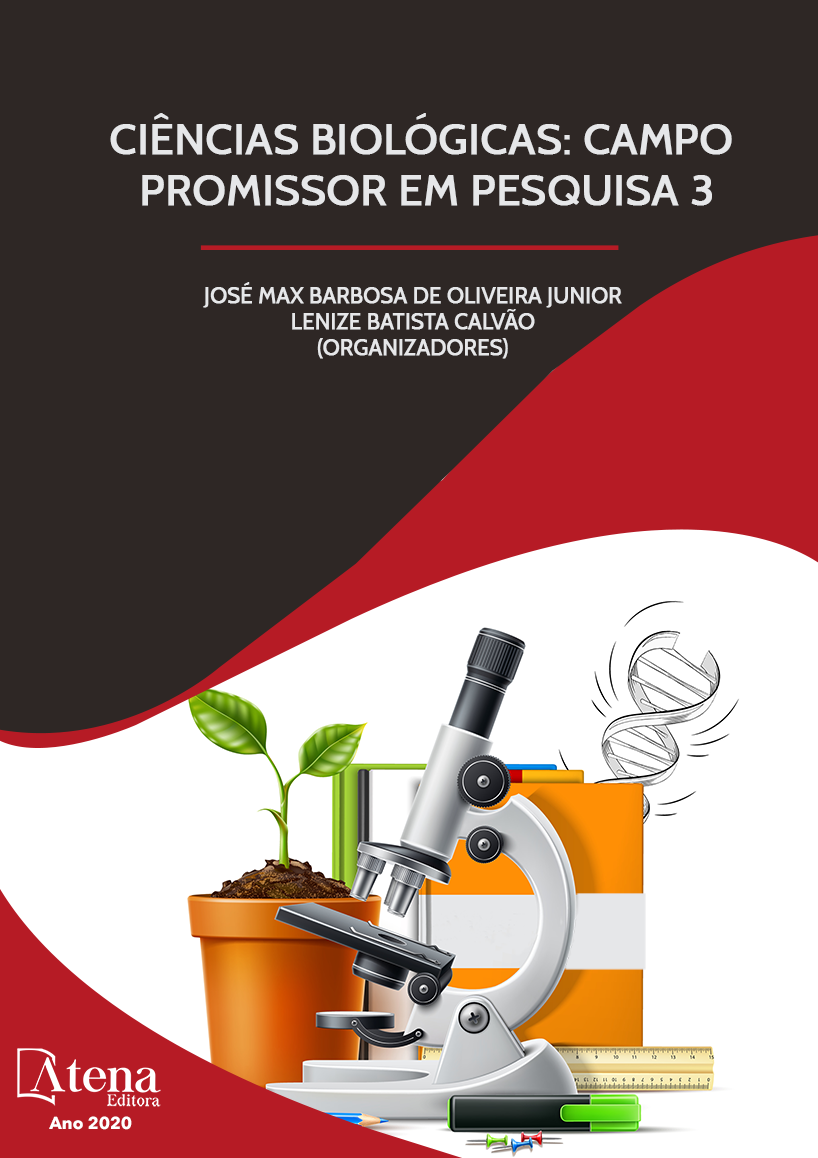
AÇÃO DE EXTRATOS E BIOCOMPOSTOS DE Himatanthus lancifolius (Müll. Arg.) Woodson NO CONTROLE DA PROLIFERAÇÃO CELULAR E INDUÇÃO DE APOPTOSE EM CÉLULAS CULTIVADAS DE MELANOMA MURINO B16-F10
As linhagens celulares imortalizadas de melanoma são usadas para testar a eficácia dos medicamentos quimioterápicos. Assim, a linhagem de tumor B16-F10 serve como modelo para estudo in vivo e in vitro de melanoma. O Brasil é o país com a maior biodiversidade de plantas medicinais para a fabricação de fitoterápicos. O objetivo desse trabalho foi identificar os biocompostos presentes na folha, e avaliar a atividade citotóxica do extrato hidroalcoólico das folhas de Himatanthus lancifolius (Müll. Arg.) Woodson (EEHL) em células cultivadas de melanoma (B16-F10), e em células não tumorais de ovário de hamster chinês (CHO), controle. A análise histoquímica do EEHL indicou a presença de lipídios, taninos, alcaloides entre outros. A citotoxicidade do EEHL contra B16-F10 foi determinada por fotometria (MTT). O EEHL apresentou 02 fases com diferença estatística significativa (p<0.001) e alto índice de seletividade (IS), superior a 3 (aproximadamente 80), para B16-F10 em relação às CHO. As frações polares e apolares do EEHL apresentaram alta citotoxicidade contra as células B16-F10 (0,001–650 µg/µL). Já a fração apolar (FAHL) apresentou três fases, indicativo de três ou mais compostos ativos. Esses resultados são promissores e necessitam de maiores estudos. O tratamento contra o câncer de pele do tipo melanoma é o resultado da ação eficiente do medicamento na difícil distinção entre células malignas e normais do corpo, e pode significar a vida ou a morte de um paciente.
AÇÃO DE EXTRATOS E BIOCOMPOSTOS DE Himatanthus lancifolius (Müll. Arg.) Woodson NO CONTROLE DA PROLIFERAÇÃO CELULAR E INDUÇÃO DE APOPTOSE EM CÉLULAS CULTIVADAS DE MELANOMA MURINO B16-F10
-
DOI: 10.22533/at.ed.2572016015
-
Palavras-chave: citotoxicidade; extrato de planta; melanoma; B16-F10; Himatanthus lancifolius.
-
Keywords: cytotoxicity; plant extract; melanoma; B16-F10; Himatanthus lancifolius;
-
Abstract:
Immortalized melanoma cell line are used to test the efficacy of chemotherapy drugs. Thus, murine B16-F10 melanoma cell line serves as a model of melanoma in vivo and in vitro study. Brazil is the most biodiverse country, with medicinal plants for the manufacture of herbal medicines. The objective of this work was to identify biocompounds present in the leaf and to evaluate the cytotoxic activity of the ethanolic extract on the leaves of Himatanthus lancifolius (Müll. Arg.) Woodson (EEHL) against cultured melanoma cells (B16-F10) and against Hamster Ovary (CHO) cells, non-tumor cells (Control). The histochemical analysis of the EEHL indicated the presence of lipids, tannins, alkaloids among others. The cytotoxicity of the EEHL against B16-F10 was determined by photometry (MTT). The EEHL, the polar (FPHL) and apolar fractions (FAHL) showed high cytotoxicity in B16-F10 (0.001–650 µg / µL). The EEHL presented 02 phases with significant difference (p<0.001) and high selectivity index (IS), higher than 3 (approximately 80), for B16-F10 in relation to CHO. The apolar fraction (FAHL) presented three phases, indicative of three or more active compounds. These results are promising and need further study. Treatment against melanoma-type skin cancer is the result of the drug's effectiveness in the difficult distinction between malignant and normal body cells, that may indicate the life or death of a patient.
-
Número de páginas: 15
- Silvana Gaiba
- Elias Jorge Muniz Seif
- Flávia Costa Santos
- Ana Carolina Morais Fernandes
- Luiz Alberto Mattos Silva
- Jerônimo Pereira de França
- Lydia Masako Ferreira
- Alba Lucilvânia Fonseca Chaves
- Lucimar Pereira de França


